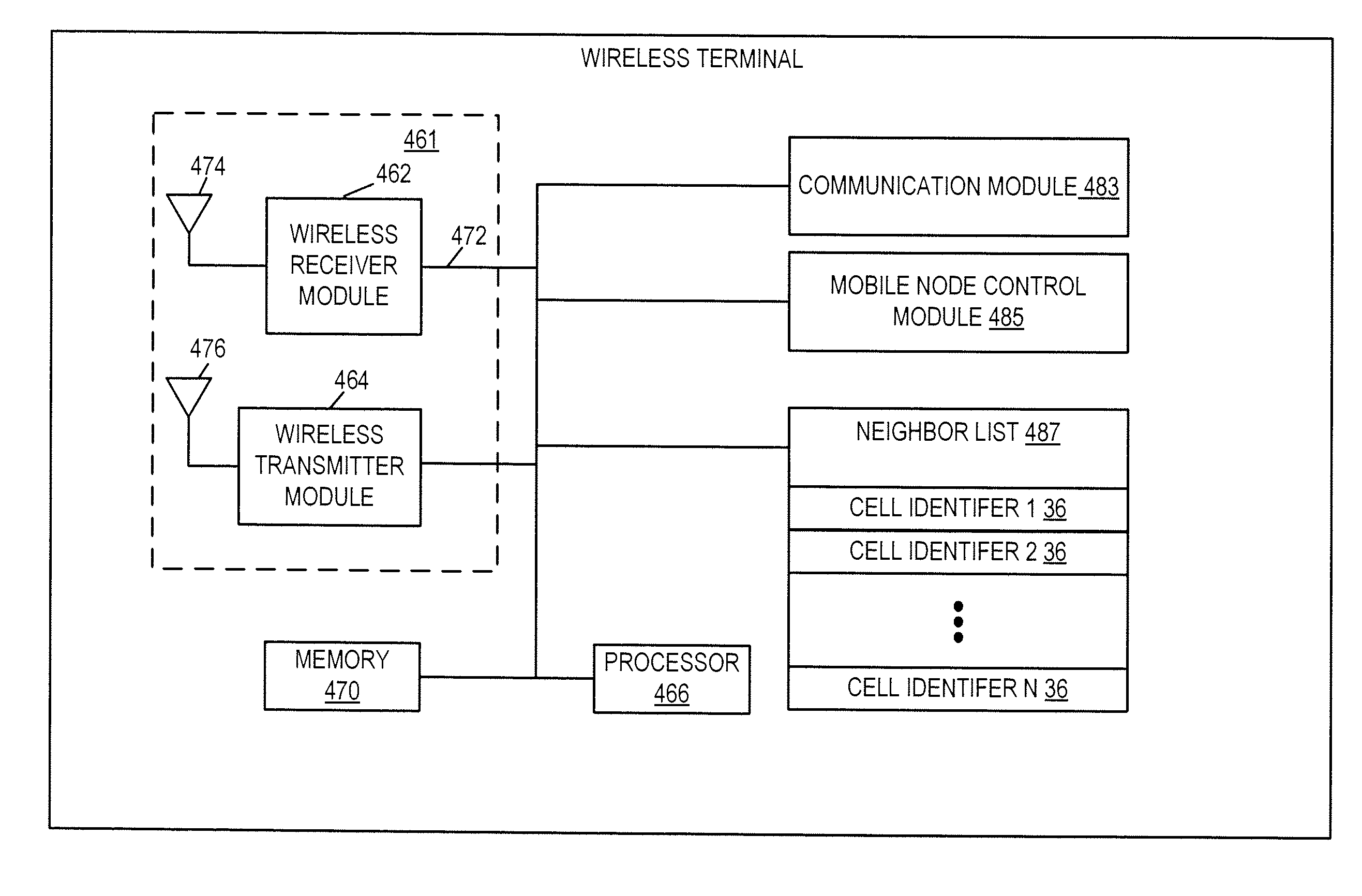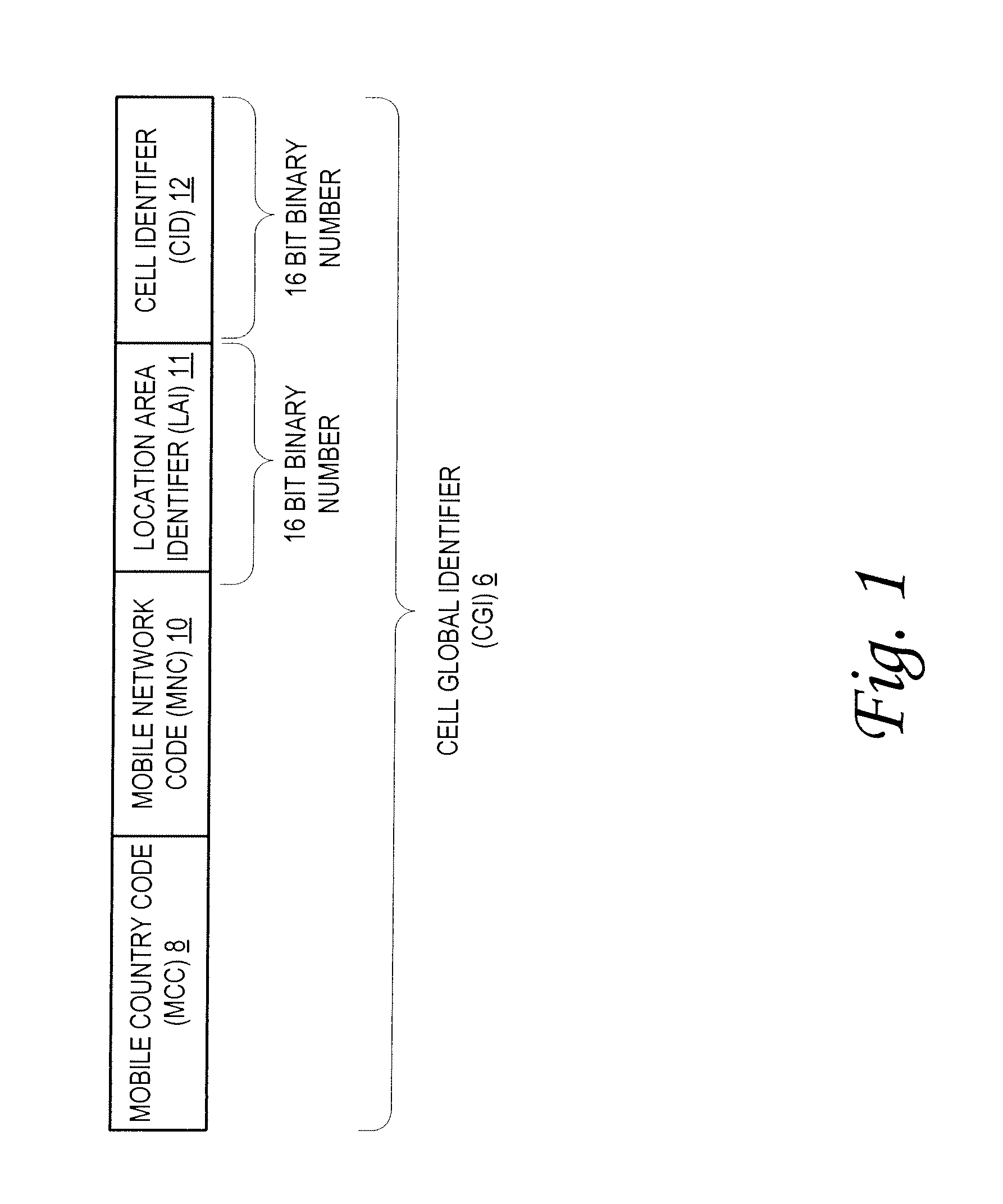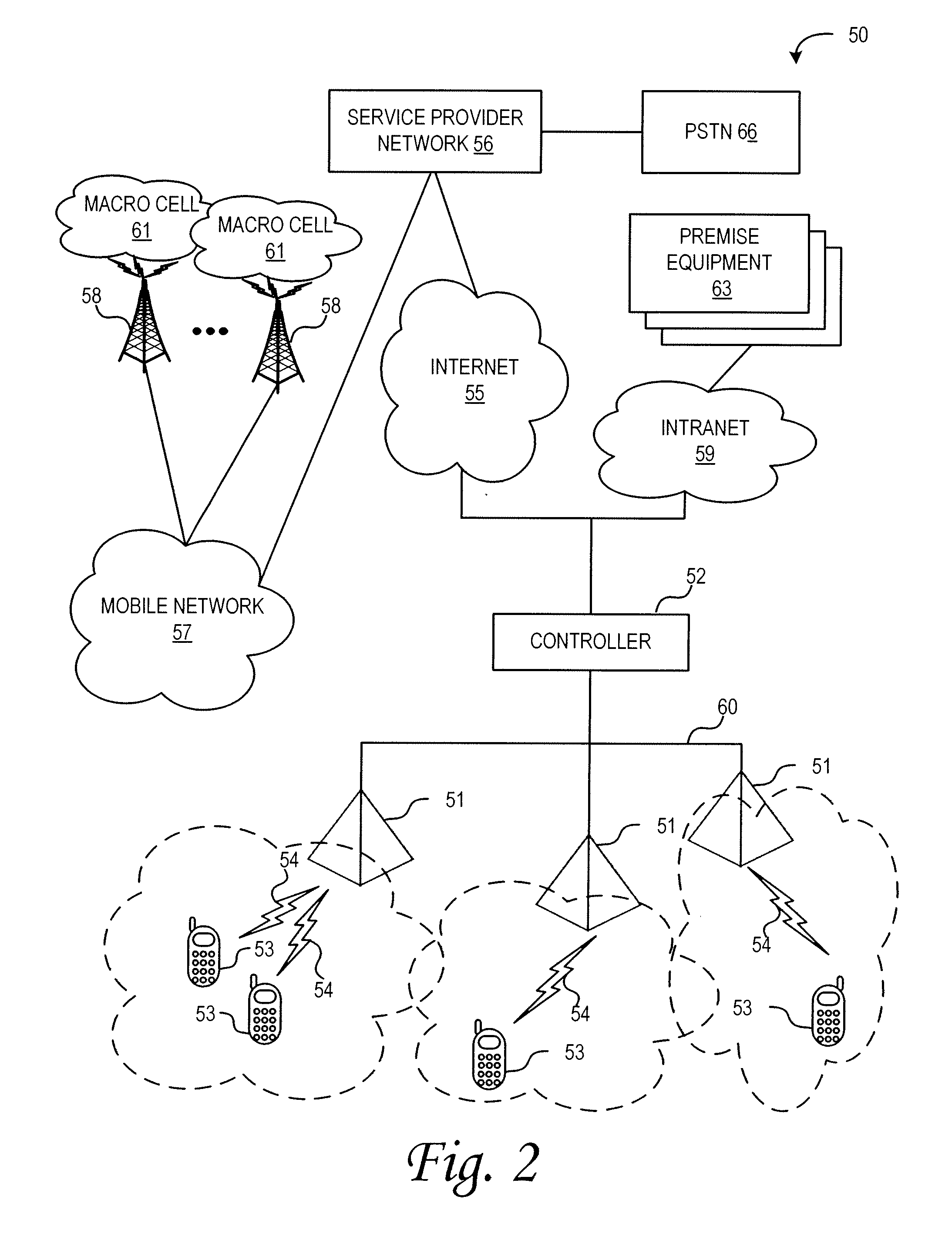Addressing methods and apparatus for use in a communication system
- Summary
- Abstract
- Description
- Claims
- Application Information
AI Technical Summary
Benefits of technology
Problems solved by technology
Method used
Image
Examples
Embodiment Construction
[0012]Embodiments of the present invention are directed toward apparatus and methods for providing enhanced addressing of cells in a wireless communication system. In various embodiments, special characters such as wild cards and don't cares can be used in the addressing to enable identification of sets of locations with a single entry. Addressing techniques can allow hierarchical structures for topographical definition. Additionally, unique addressing can be used that shares the location and cell identifier fields in a standard cell structure to allow flexible allocation of address space among the two fields. A cell boundary or partition, or field length identifier can be determined based on anticipated allocation needs as among locations and cells within those locations. The location and cell identifiers can be assigned from opposite ends of the shared cell, allowing flexibility for growth between the two fields.
[0013]In some embodiments, a method is provided in a cellular communi...
PUM
 Login to View More
Login to View More Abstract
Description
Claims
Application Information
 Login to View More
Login to View More - R&D
- Intellectual Property
- Life Sciences
- Materials
- Tech Scout
- Unparalleled Data Quality
- Higher Quality Content
- 60% Fewer Hallucinations
Browse by: Latest US Patents, China's latest patents, Technical Efficacy Thesaurus, Application Domain, Technology Topic, Popular Technical Reports.
© 2025 PatSnap. All rights reserved.Legal|Privacy policy|Modern Slavery Act Transparency Statement|Sitemap|About US| Contact US: help@patsnap.com



